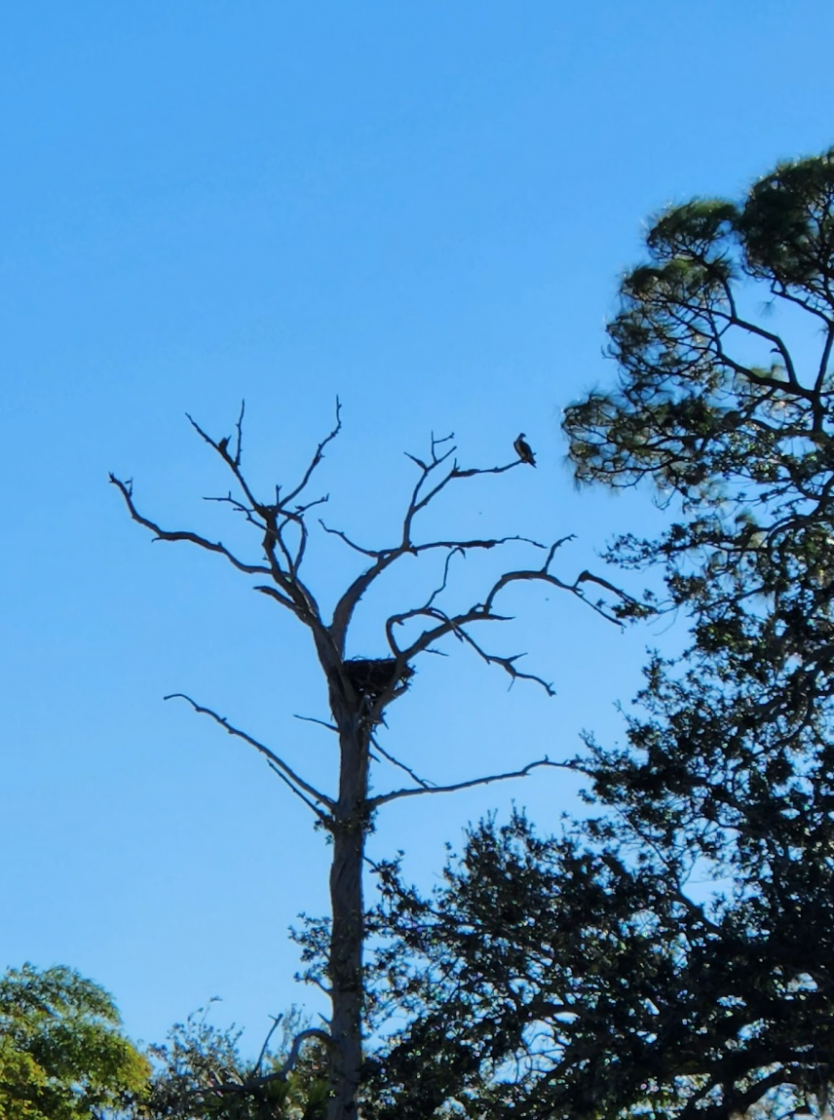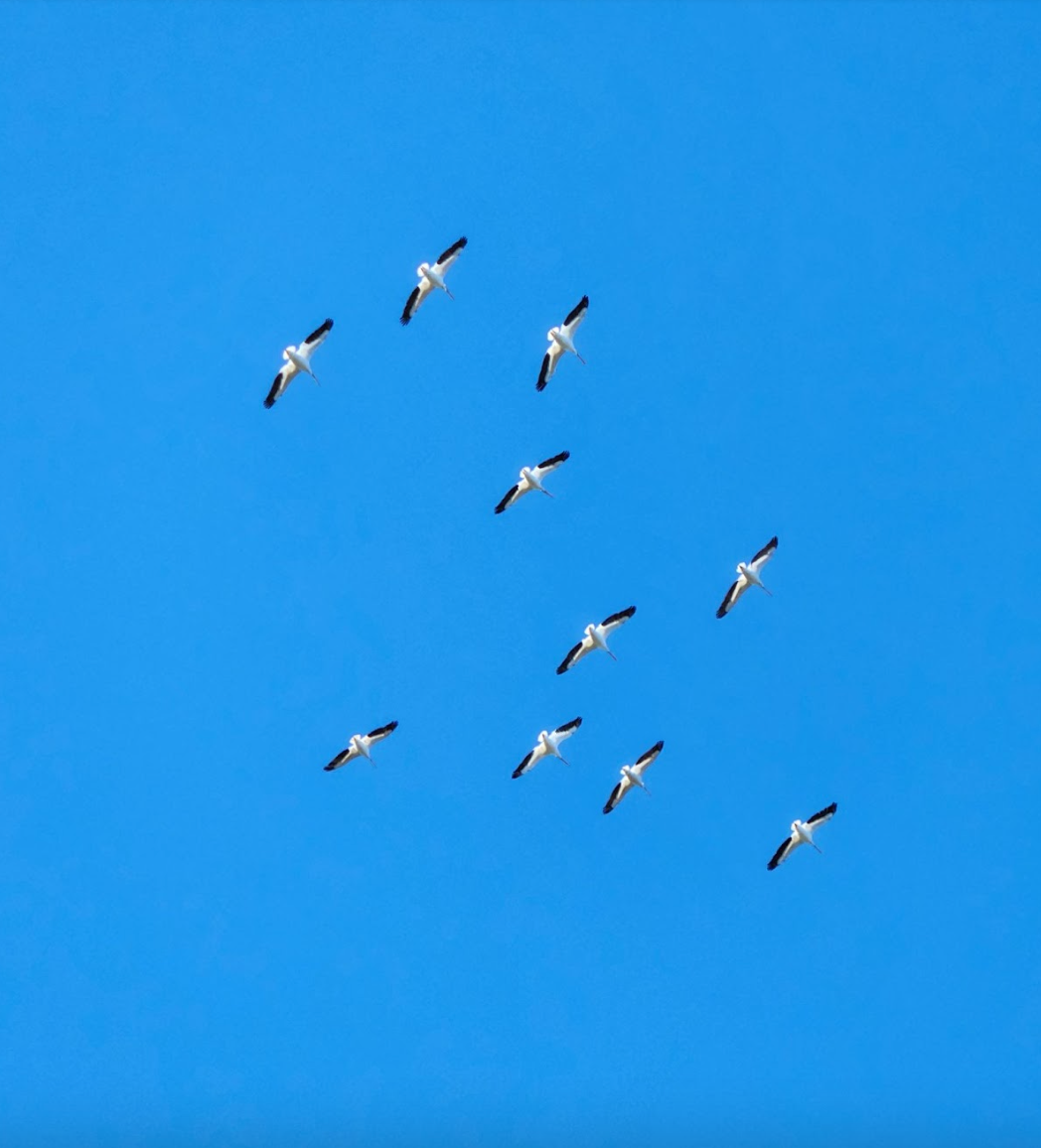An exclusive New College experience takes place throughout the entire month of January, a period when Independent Study Projects (ISPs) take place. During this time, students embark on a month-long research project, which can be done in groups or can be done independently between a student and faculty sponsor. One specific group ISP truly brings out the best of what New College has to offer. The Birding ISP, sponsored by Associate Professor of Biology Elizabeth Leininger and Associate Dean of Academic Engagement Helene Gold, offers students an opportunity to learn about the technical aspects of bird watching.
The two sponsors take advantage of Sarasota’s beautiful and serene nature preserves by taking frequent “field trips” for students to join and learn. This ISP was inspired by Leininger’s love for birding and the desire to get students to connect in a new way. The ISP was first offered in 2021 in the hopes that students would have the opportunity to explore nature and connect with one another while maintaining social distance during the height of the coronavirus pandemic.
Not to mention, due to these projects taking place in January, there are many opportunities to spot migratory birds spending some time in the south for winter. For example, Painted Buntings can be found in multiple nature preserves throughout Sarasota during the spring and summer months. These bright birds are hard to miss with their strikingly colorful plumage.

The Birding ISP worked closely with the Sarasota Audubon Society (SAS) in order to provide students with a valuable learning experience. There are three different tracks a student participating in this ISP could choose from, allowing them to find something that best suits their learning style. These tracks include: service learning, internships and the reading track.
The service learning track requires students to work hands-on with the SAS. This can be done by contributing valuable information to a program called “Birdability,” which includes information about the accessibility of birding locations throughout the area. The other service learning opportunity involves maintaining bird habitats and gardens. Students had the opportunity to work closely with the SAS at Celery Fields, assisting with gardening activities.
There were a total of four internship opportunities students could choose from. These opportunities include: Assistant Bird Naturalist intern, Communications intern, Accessibility intern and Community Science intern. All of these internship opportunities were conducted through the SAS, allowing students to gain valuable experience and connections within the program.
The reading track of this ISP involved reading two or three books about birds or birding. Students would keep track of the books they read and take notes regarding the information they’ve learned. These students would then use the information they’ve learned to create a final project, such as a portfolio and a reflection on everything they’ve learned throughout the course of the month.
Students often end this ISP with a higher awareness of the birds around them. This ISP is also the inspiration for New College’s bird-watching club, the Feral Pigeons. The Feral Pigeons host events such as bird walks to provide the community with recreational birding opportunities throughout the semester.
“Birding is a hobby that you can engage at all levels of interest, so just being more aware of birds is a fantastic result,” Leininger said.
Leininger also said that she hopes that students will, “prioritize their mental health, connect to their surroundings, form and deepen friendships, learn to identify the birds of our campus and area and are more knowledgeable of issues facing birds and the birding community on a larger scale.”

